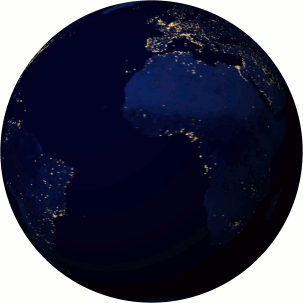New Year's Celestial Fireworks, Earth will Pass through a Stream of Debris from an Eerie Comet
- Hlias Frgks
- Dec 31, 2016
- 2 min read

2017 is beginning with celestial fireworks. You are about to see a lightshow from shattered comet 2003 EH1. According to the International Meteor Organization and other forecasters, Earth will pass through a stream of debris from the comet on January 3, 2017, producing a shower of meteors known as the Quadrantids.
The Quadrantid meteor shower is one of the most intense annual meteor showers, typically producing meteors at a rate of more than 100 per hour from a point in the sky near the North Star, also known as the shower’s radiant.

The 2017 Quadrantids are expected to peak around 1400 UT – or around 6 am PST. The timing favors western parts of North America and islands across the Pacific.
Extra motivation to go out and view the Quadrantids is provided by the shower's reputation for producing spectacular fireballs, according to experts.

The source of the Quadrantid meteor shower comes from 2003 EH1, an "asteroid" that is probably a piece of a comet that broke apart some 500 years ago. Earth intersects the orbit of 2003 EH1 at a perpendicular angle, which means we quickly move through any debris. That's why the shower doesn't last long, a few hours at most.
Those willing to brave the cold weather while keeping their eyes on the skies could be rewarded with a spectacular show!

Quadrantid meteors take their name from an obsolete constellation, Quadrans Muralis, found in early 19th-century star atlases between Draco, Hercules, and Bootes. It was removed, along with a few other constellations, from crowded sky maps in 1922 when the International Astronomical Union adopted the modern list of 88 officially recognized constellations.
Although the Quadrantids now fly out of the constellation Bootes, the meteors kept their old name.
Quadrantid meteors: they come from a shattered comet and an extinct constellation.
That sounds like they are worth a look. Bundle up for chilly meteor viewing on January 3. It’s a great way to start the New Year.
Clips, images credit: ESO, ESA/HUBBLE & NASA
HAPPY NEW YEAR!








Comments